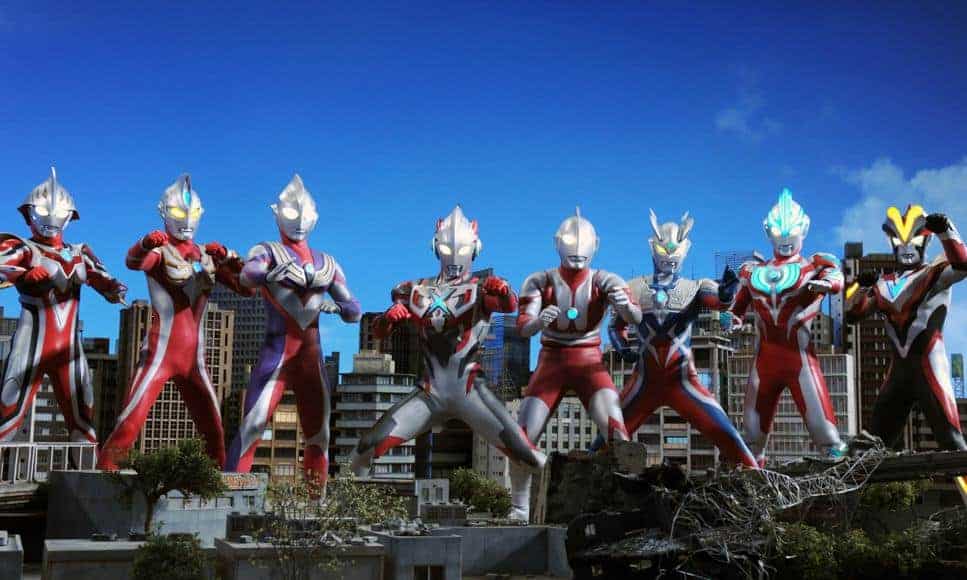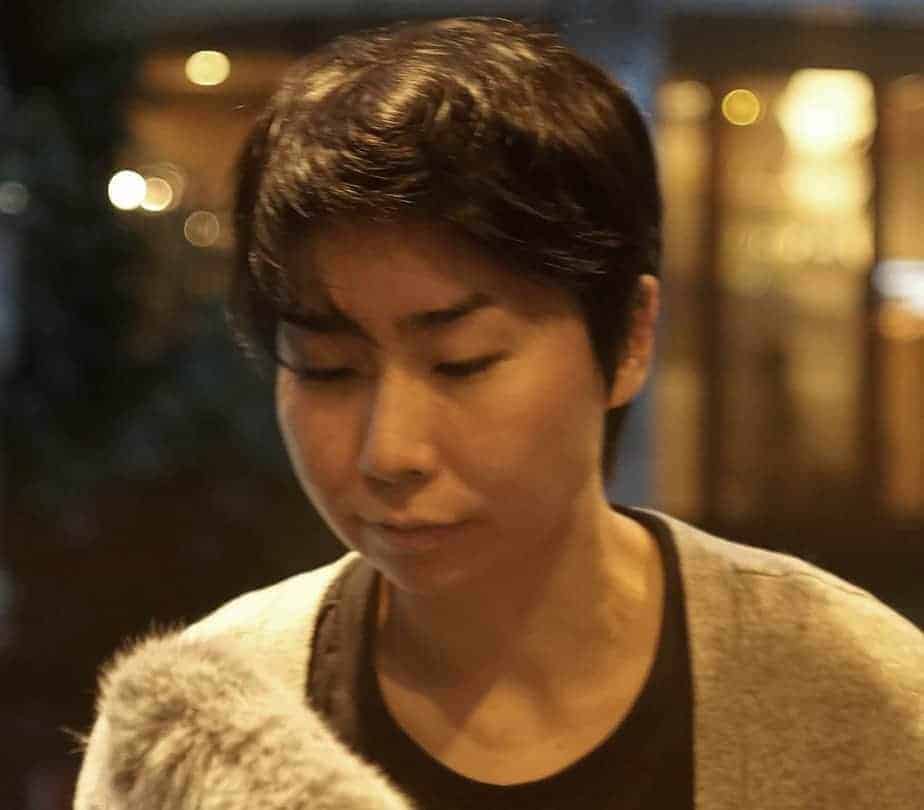Thai cinema has a long history of misrepresenting the LGBTQIA+ community. Early films, such as “It's All Because of Katoey” (1954) contributed to the assignation of homosexuality as a social deviance. Today, Thai media have made significant progress in presenting nuanced experiences of LGBTQIA+ individuals in modern Thai society. This article presents a chronological list of 12 Thai fiction films that help understanding this evolution.
1. The Last Song (1985) by Pisan Akaraseranee
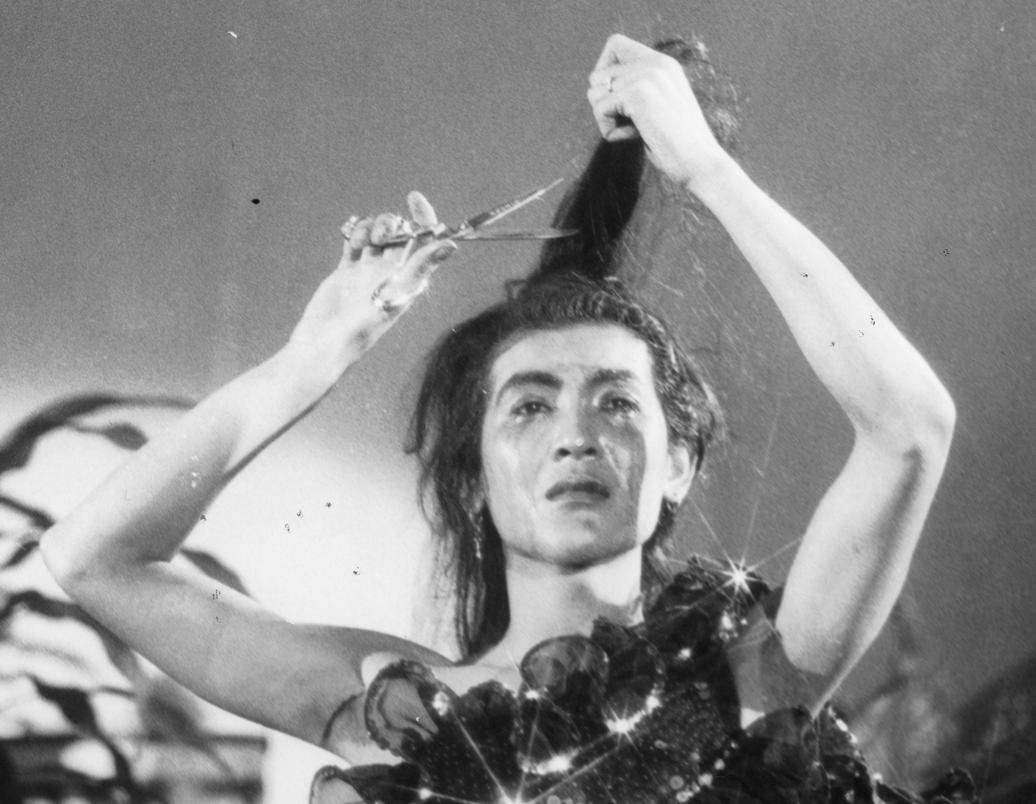
“The Last Song” tells the bittersweet story of Somying (Somying Daorai), a beautiful and successful showgirl working in a famous transvestite cabaret in Pattaya. Through her thwarted love affair with a handsome male singer, the film highlights the difficulties of being trans in Thai society. It is one of the first films to cast a transgender woman in a leading role. The film's release was a revolutionary moment, not only for the Thai entertainment industry, but also for the LGBTQIA+ community. Indeed, many Thai viewers consider ‘The Last Song' to be the first Thai film to depict homosexuals, katoeys, or tomboys, as it is one of the most successful films of its time. The film's soundtrack is especially memorable and contributed to its success. This feature led to a sequel in 1987 and a remake in 2006.
2. The Iron Ladies (2000) by Youngyooth Thongkonthun
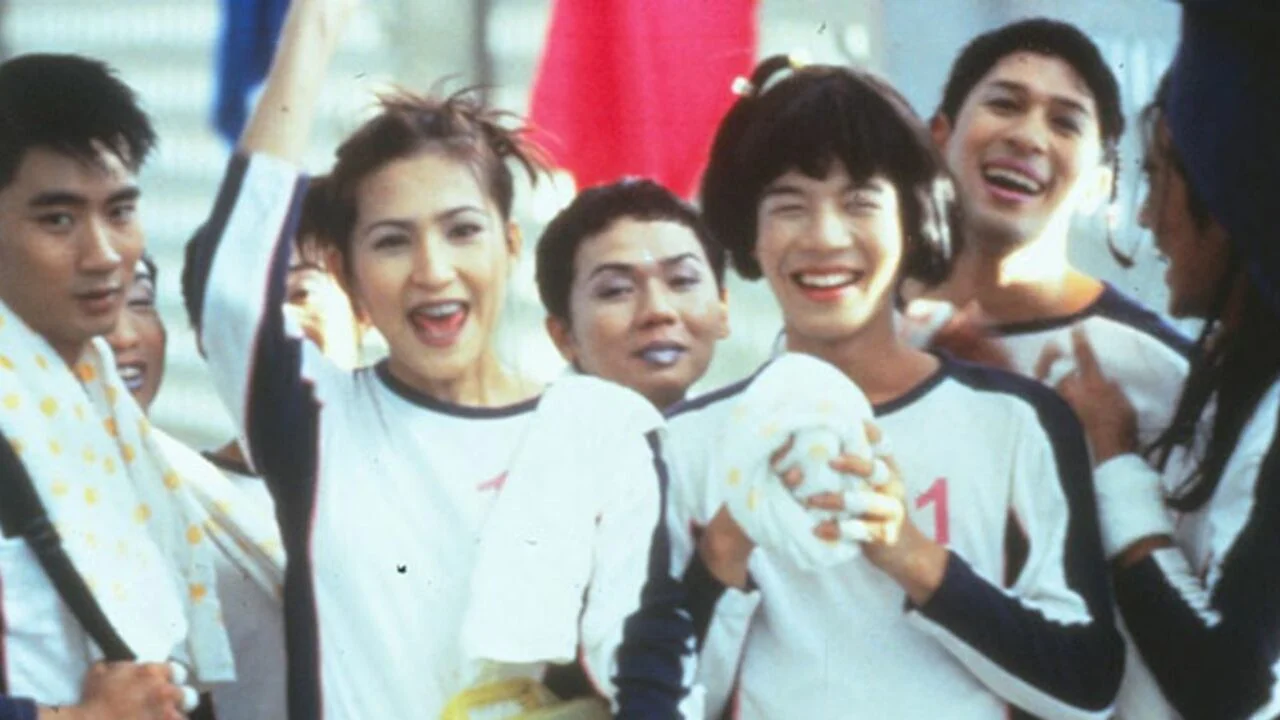
The film portrays the journey of The Iron Ladies, an LGBT volleyball team, as they compete in the national championships. In this teen comedy, Chaichan Nimpulsawasdi and Sahaphap Tor deliver touching but over-the-top performances as Jung, a transgender woman, and her friend Mon. The editing follows stereotypical patterns, and the plot is predictable. However, unlike previous queer films that confined LGBT characters to tragic or comic roles, this film focuses on their success stories rather than their struggles. The characters are portrayed as proud of their identities, and the queer community leads to happiness. It was successful at its release and remains the second highest-grossing film in Thailand of all time.
3. Beautiful Boxer (2003) by Ekachai Uekrongtham
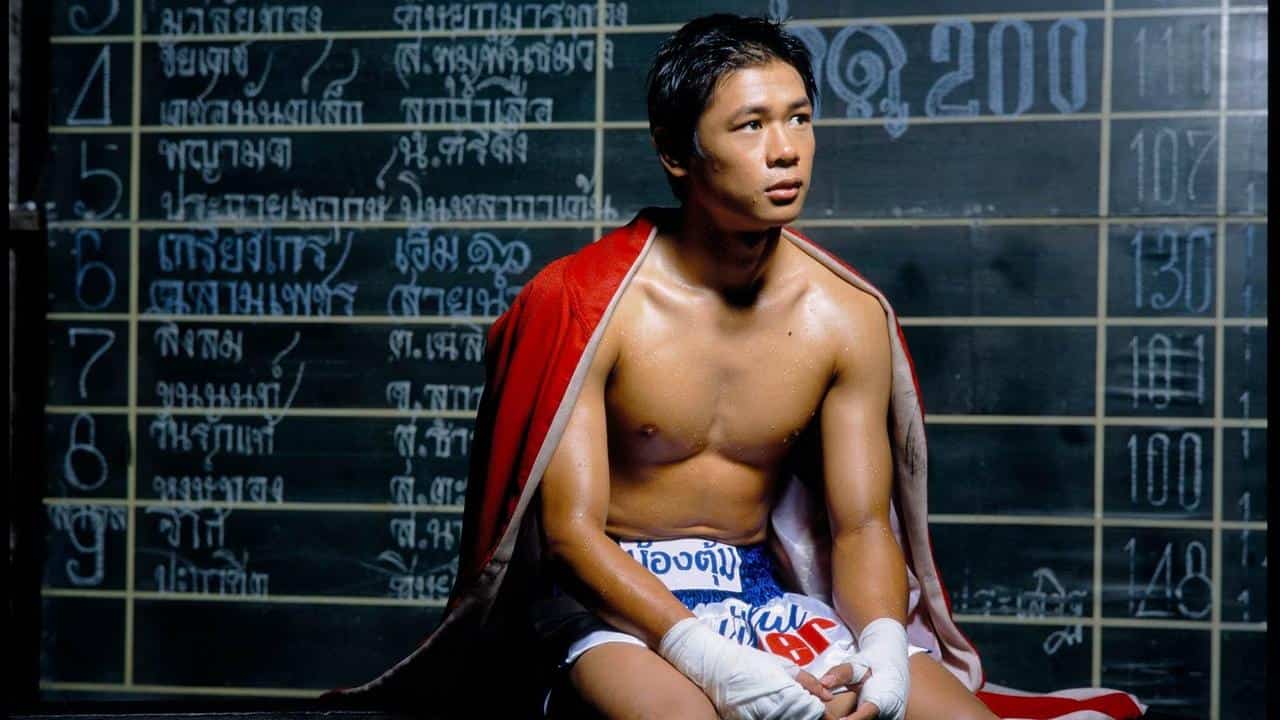
Another sports film, although much more poignant and serious than The Iron Ladies. “Beautiful Boxer” is a biopic about Parinya Charoenphol, a transgender Thai boxer, also known as Nong Toom. The film follows Nong Toom's life journey from childhood to gender transition and career as a Muay Thai (Thai boxing) fighter. The outstanding performances and breathtaking fight sequences make this film a poignant tribute to Nong Toom's strength and determination. “Beautiful Boxer” has been praised for its poetic and sensitive qualities. Directed by Ekachai Uekrongtham with remarkable finesse, it offers a moving and respectful portrayal of Nong Toom's story. The kickboxer Asanee Suwan, who plays the lead role, delivers a remarkable performance, bringing emotional depth and striking authenticity to the character.
4. Tropical Malady (2004) by Apichatpong Weerasethakul

This poetic feature is divided into two distinct parts. The first half depicts a tender romance between a male soldier and a country boy, set against the lush backdrop of rural Thailand. The second half takes a surreal turn as it explores a mythical tale of a soldier's quest to capture a legendary man-beast known as the ‘tiger.' This narrative shift serves as a metaphorical exploration of the protagonist's inner turmoil and the complexities of desire, blurring the lines between reality and fantasy. “Tropical Malady” stands as a cinematic masterpiece that delves into the complexities of queer identity within the fabric of Thai society. With its mesmerizing narrative structure and profound exploration of love, desire, and the fluidity of human connection, the film met with mixed success in domestic cinemas but received significant international recognition, including winning the Jury Prize at the 2004 Cannes Film Festival. It therefore offers a mesmerizing exploration of queer identity that transcends cultural boundaries.
5. Bangkok Love Story (2007) by Poj Arnon

A hired killer finds himself entangled in a forbidden romance with his target, a young man with a tragic past. As they navigate through the vibrant backdrop of Bangkok, facing threats of violence, they are challenged to reassess their perception of self and society. A gay romantic crime action drama, “Bangkok Love Story” blends romance with action and suspense. Beyond its gothical and melodramatic aspect, the film stands out for its meticulous direction and visual aesthetic. The film's evocative photography and haunting soundtrack help create an immersive atmosphere that transports viewers right into the heart of the action.
6. Mundane History (2009) by Anocha Suwichakornpong
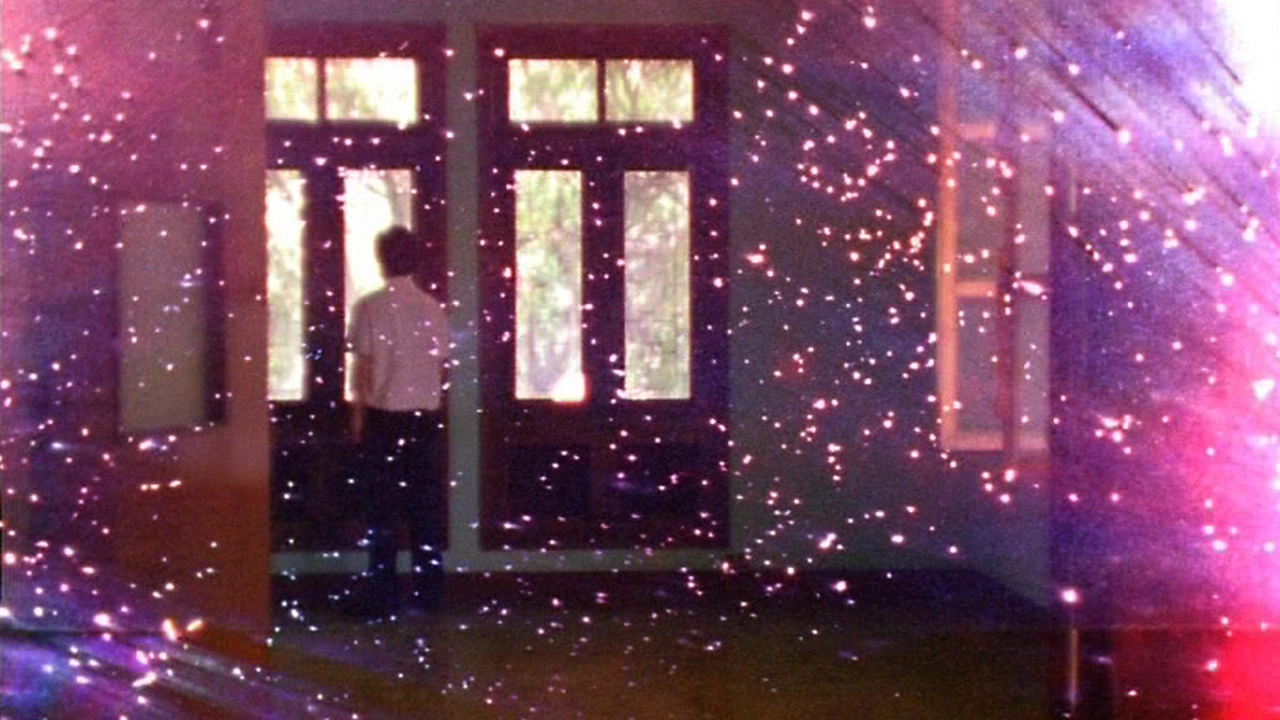
The film centers around Ake, a wealthy young man paralyzed from the waist down after an accident, and Pun, his caregiver from a lower-class background. Despite societal barriers, their bond transcends conventional notions of friendship and dependency, delving into themes of desire, intimacy, and societal expectations. At its core, “Mundane History” explores intersectionality, merging queer identity with disability and socioeconomic status. Ake's paralysis symbolizes his alienation, while Pun's caregiving role highlights power dynamics and intimacy complexities. This cinematic experience, like some of Apichatpong's movies, is mesmeric and more symbolic than purely narrative.
7. Insects in the Backyard (2010) by Tanwarin Sukkhapisit

In the absence of their parents, Johnny (15) and Jennifer (17) are being brought up by their “big sister” Thana, an overdressed transvestite who eats and smokes too much and causes both kids endless embarrassment. The audience delves into Thana's struggles to find acceptance from her conservative father. Through its raw and emotionally resonant narrative, the film offers a searing indictment of the discrimination and violence faced by LGBTQ+ individuals, while also celebrating the resilience and strength of those who dare to live authentically. The film's portrayal of Thana's relationship with her father is particularly poignant, highlighting the generational divide and cultural tensions that often accompany discussions of gender and sexuality in Thai society. Tanwarin's debut feature – as director, writer and star – explores those problems with determination.
8. Reincarnate (2010) by Thunska Pansittivorakul

In separate sketches, Thunska Pansittivorakul shows the homosexual love between a teacher and his pupil more explicitly than ever. The film blends elements of fantasy and reality, delving into the complexities of gender and sexuality through the lens of reincarnation and spiritual awakening. Several cryptic scenes refer to the oppressive Thai political situation. Its bold narrative and the provoking cinematography challenge cultural taboos surrounding queer desire and expression in Thai society. For example, the director presents flowing sperm on screen for the first time, despite knowing that the scene will not pass the Film Censorship Board. Thunska's artistic feature includes the aesthetic of amateur cinema and non-simulated sex scenes.
9. The Blue Hour (2015) by Anucha Boonyawatana

A bullied loner, Tam, who finds solace in the arms of Phum, a boy he meets at a derelict swimming pool. Haunted by a ghostly presence, Tam struggles to stay connected to reality. Directed by Anucha Boonyawatana, a transgender filmmaker, “The Blue Hour” is a horror supernatural love story. The story explores the darker aspects of love and distress, as their affair shifts from romance to a more ominous territory. This mystery film revolves around the investigation into the haunting of a municipal swimming pool. Tensions arise due to the violent behavior of Tam's father, a soldier, which adds to the film's overall sense of anguish.
10. Malila The Farewell Flower (2017) by Anucha Bonnyawatana
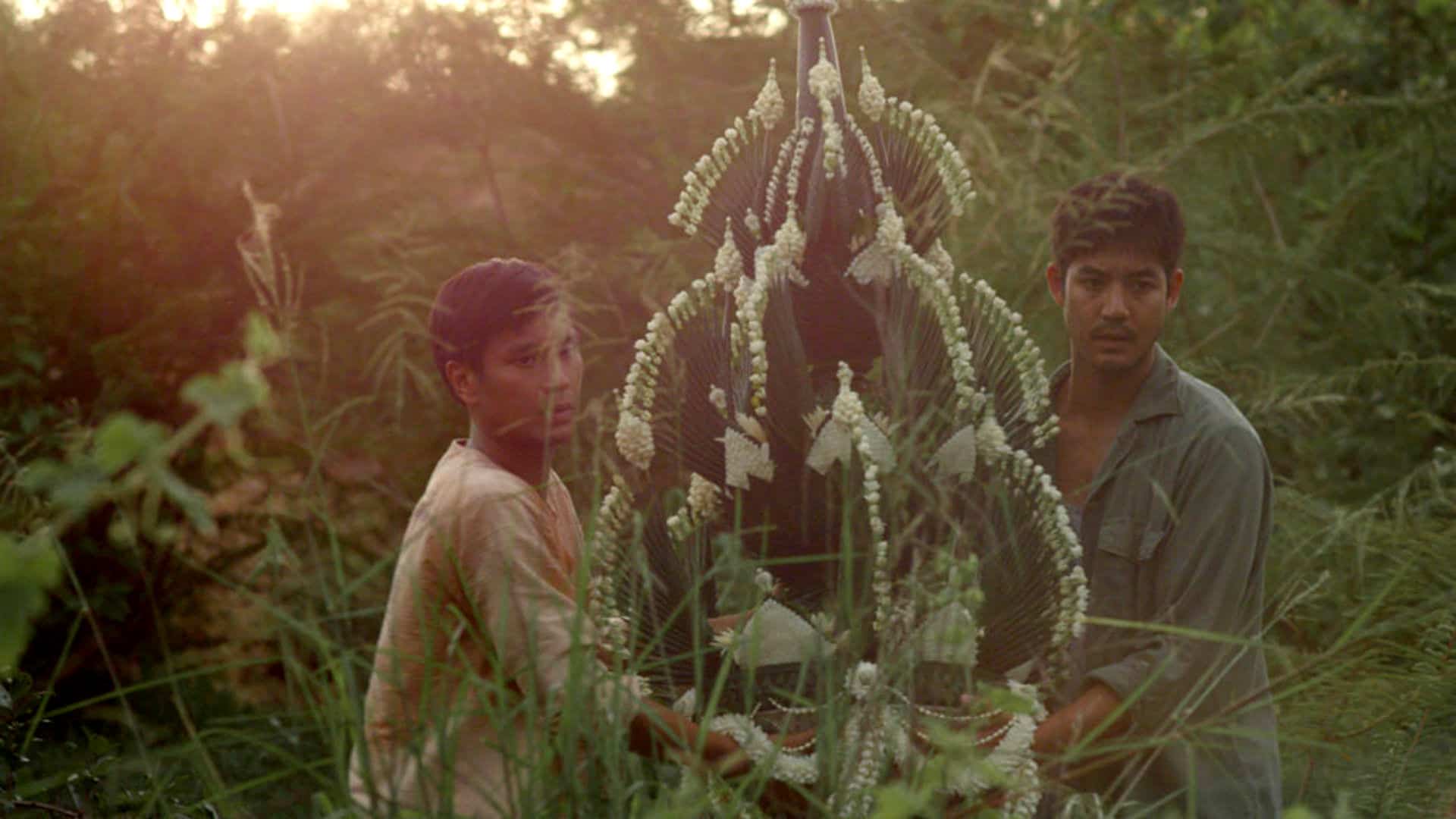
Pich has a terminal illness and finds peace in making Bai Sri, a Thai floral ornament used in traditional rituals. When he reconnects with his former lover Shane, the pair try to heal the wounds of their past. Touching performances and vivid cinematography characterise director Anucha Boonyawatana's mesmerising second feature, a hypnotic contemplation of desire and loss. Composed as a poem with long sequences and great attention to the lights and forestic forms of life, “Malila: The Farewell Flower” is a meditative reflection on mortality that explores the meaning of love and life, with a touch of religious and social commentary.
11. Doi Boy (2022) by Nontawat Numbenchapol
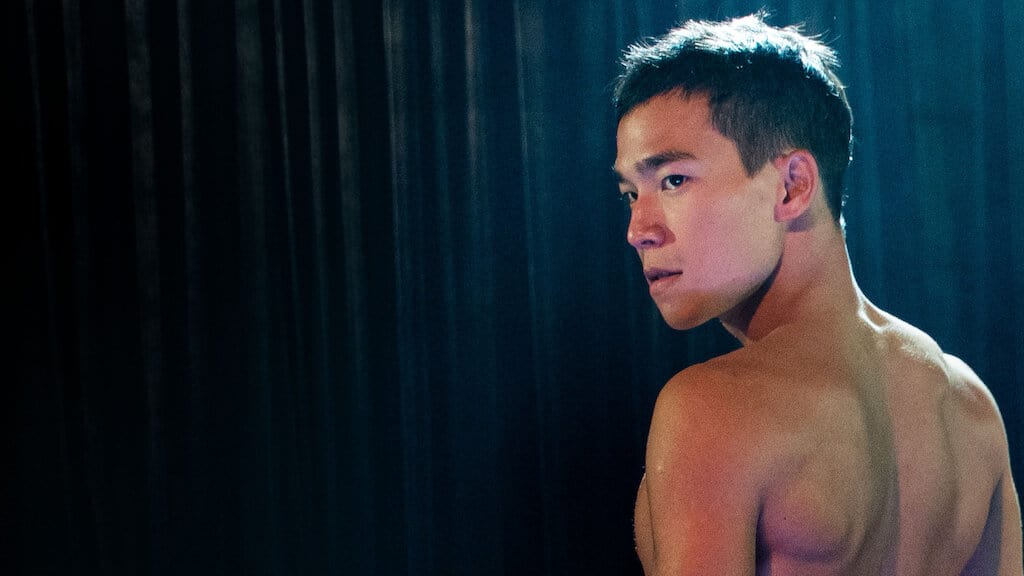
Sorn, a young man fleeing conscription in Myanmar, finds himself in poverty in Thailand, working at a gay club called Doi Boy. When a client, an obsessed police officer named Ji, offers him a deal for help in a dangerous investigation, Sorn's life takes a treacherous turn. “Doi Boy” is a technically rich and effective neo-noir thriller, delivering sharp criticism while raising thought-provoking questions on various social issues, including illegal immigration, police brutality, gender diversity, and the impact of Covid on marginalized communities. The performances are stellar, particularly Awat Ratanapintha's portrayal of hidden distress and Arak Amornsupasiri's transition from nervousness to menace. Surreal scenes add depth to the narrative.
12. Solids by the Seashore (2023) by Patiparn Boontarig

Artist Fon travels from Bangkok to the predominantly Muslim province of Pattani in southern Thailand for an art exhibition on the sea walls. When she meets Shati, who works at the art center and becomes her guide, their budding romance faces internal conflicts due to Shati's traditional upbringing, which disapproves of same-sex relationships. The film navigates the complexities of social norms and self-censorship as Shati grapples with the unexpected possibility of romance. Director Patiparn Boontarig's work is highly sensorial and symbolic. Through its visually stunning imagery and thematic depth, “Solids by the Seashore” offers a profound reflection on the interplay between societal norms, personal identity, and the eternal cycles of existence.
Conclusion
Thai queer cinema has come a long way over the decades. It has gone from stigmatization to cliché representation to understanding. Films are increasingly accurate, made by people who are concerned. This evolution could not have gone so far without a parallel opening-up in Thai society, which offers a free space for the voices of the marginalized.




